Sportswear giant Foot Locker is treating its 3,500 stores as warehouses in a bid to maximise its fulfilment capabilities, chairman and chief executive Ken Hicks told delegates at the NRF conference in New York.
Speaking on Sunday, Hicks said the sportswear chain is focusing on its “ability to use the stores as places for customers to go” to collect products, rather than customers’ relying on having products directly delivered to them.
By thinking of its stores as warehouses, Foot Locker can use its existing physical infrastructure to improve localised fulfilment and better meet customer demand, Hicks claimed. “Bricks and mortar are an advantage, essentially we have 3,500 warehouses,” he said.
To ensure customers continue visiting physical stores, Hicks says it’s crucial the in-store environment is both entertaining and educational. “We’re working to make sure the store environment is more exciting. Rather than focus on just the price, focus on the idea – show the customer how items go together, put together a collection of things they can’t get anywhere else. Customers have to come in and see what’s new if they want to stay current,” he said.
Hicks also urged the retail industry to overhaul their physical store environments in order to compete more effectively with pure-play giants such as Amazon. “We have to as retailers develop strengths that someone like an Amazon doesn’t have. How can we use location to our advantage?,” he said.
Staff are crucial
In order to thrive in a challenging retail environment, CEOs must put staff selection near the top of their priority list, Hicks told delegates as part of his keynote address.
“We have to make sure we pick the right people. Do they want to sell and do they like the product? In Foot Locker the average age of a store associate is 23 years old – we have lots of young people, and we’re fortunate that at manager and assistant manager level we have a lower than average turnover.”
Training also has to be tailored to suit younger staff. “We’ve developed a training programme that trains them on a subject in bite size sessions that last five or 10 minutes,” he said.
For Hicks the most crucial part of training is “arming staff with the same information and capabilities that the customer has”. This can include giving them scan guns “so they have inventory transparency”, or tablets or computers to look up products. Merchandising can also help by grouping matching products together so the sales staff can be confident in making suggestions to customers.
Hicks concluded by saying a successful CEO must “listen to customer associates, shop the competition and then be willing to try and test”. “Be willing to try anything,” he advised, “if the prototype works, we’ll test it and if it’s financially viable then we’ll roll it out over time.”
NRF: Think of stores as warehouses, Foot Locker boss advises
- 1
 Currently reading
Currently readingNRF: Think of stores as warehouses, Foot Locker boss advises
- 2
- 3
- 4
- 5
- 6
- 7
- 8
- 9
- 10
- 11
- 12



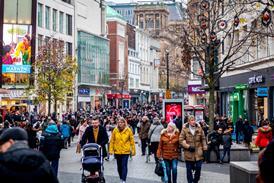


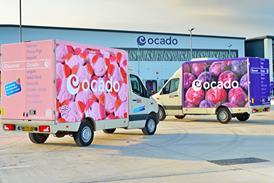


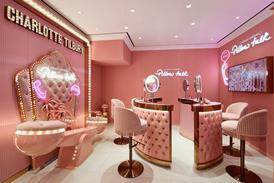

![Ollie Pryor[46]](https://d53bpfpeyyyn7.cloudfront.net/Pictures/274x183/1/7/1/3119171_olliepryor46_336332_crop.jpg)

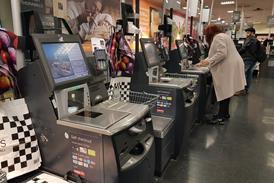





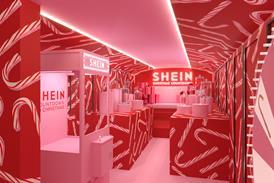













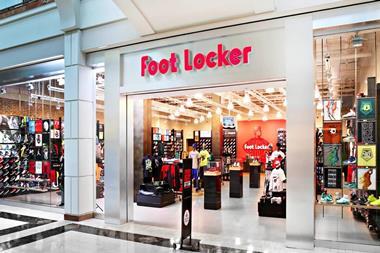
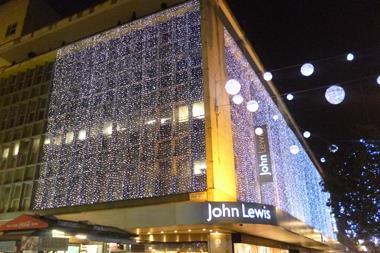
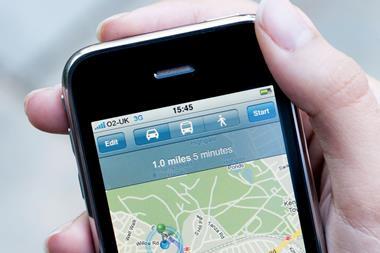
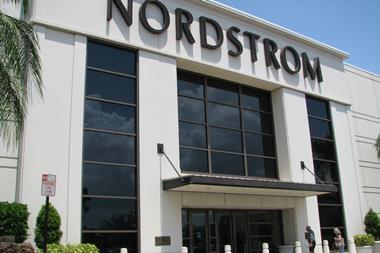


No comments yet